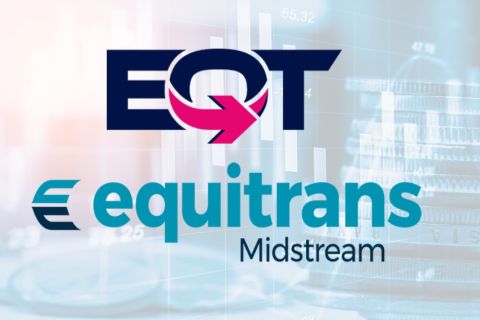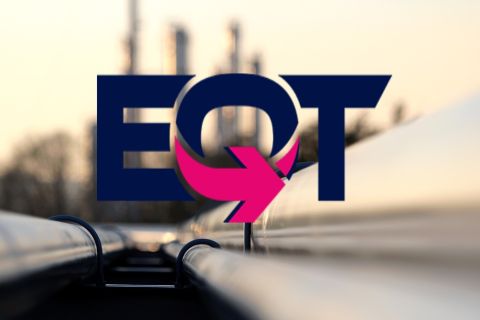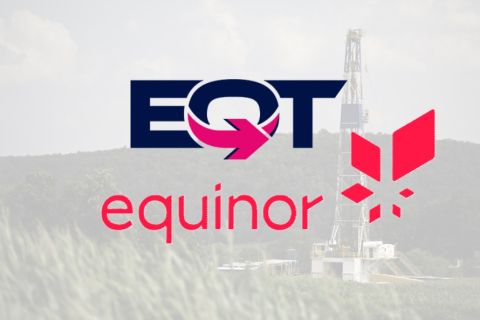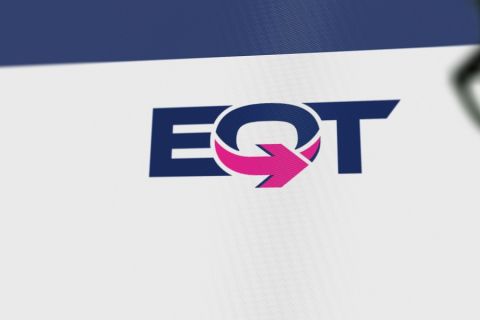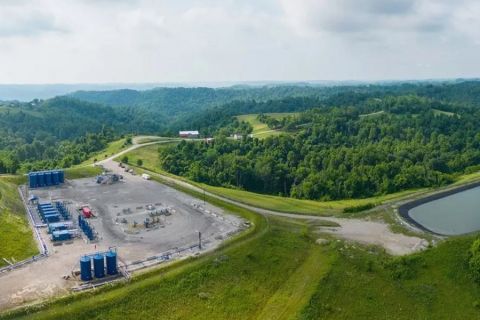I begin this column with that dreaded writer’s contagion called writer’s block. I tap “The” on the keyboard … and wait. But rather than having nothing to write about, I face the opposite problem of too much to cover. What goes fi rst? What’s important? The reader may decide.
Things are moving, things are changing in the midstream. The reports I see and the conversations I hear are going off in multiple directions. Instead of all the arrows going up or all the arrows going down—as they have been for months—no clear pattern emerges right now, and the result resembles an explosion in a spaghetti factory.
The rig count was up in mid-July (good) but was just over half of what it was in July a year ago (bad). NGL prices are up (good) while natural gas in storage rests more than 20% above where it was a year ago (bad). Crude prices bumped $50 in the second quarter (good) but then waffl ed around $45 this summer (bad).
Midstream M&A action brought about what appear to be positive combinations that will benefi t unitholders and shareholders of MarkWest and MPLX, and TransCanada and Columbia Pipeline Group. Meanwhile, the proposed tie-up of Energy Transfer and Williams has stumbled along into its second year as the sector’s ongoing soap opera continues.
Mixed signals abound at a higher level. The Brexit vote at the end of June that will take the U.K. out of the European Union immediately brought analyst projections of disaster. However, crude prices bent but didn’t break because of Brexit, Baird noted in a mid-July research report. Now, I’m seeing observers predicting growth opportunities as the worldwide economy changes—but doesn’t collapse. Interest rates are moving still lower as foreign money pours into the U.S., which is a good thing for midstream operators budgeting big capital projects.
What does all the confusion mean? It probably means the energy business has bounced off the bottom and has started up again. Wunderlich Securities noted midstream’s “wild ride” just ahead of fi rst-half earnings announcements. “[We’re] looking for signs of movement in producer willingness to contract—and midstream plans for balancing any new growth projects with prudent capital management,” it added in a report.
Wells Fargo expressed a similar mixed-message viewpoint in its July MLP research report.
“Given improving crude fundamentals, better access to capital and positive investor sentiment, we maintain our cautiously optimistic outlook on the sector,” Wells Fargo said. “Most important, the relative stability in oil prices has been supportive of improved investor sentiment. U.S. economic data have been solid, and the Fed’s stance is supportive of continued low interest rates. Investors are increasingly focused on potential growth opportunities and less concerned with potential volume declines and E&P bankruptcy/counterparty risks.
“Nevertheless, we believe market sentiment(and some stock prices) may be moving ahead of fundamentals. Consequently, we expect the sector to continue to trade somewhat in-step with crude oil and continue to recover as commodity prices improve.”
These conflicting trends certainly will stimulate some great conversations at Hart Energy’s 2nd annual Midstream Texas conference, set for Sept. 12-14 in San Antonio. I highly recommend you plan to attend if you have an interest in Texas—and most of you do, at least indirectly. The cover story in this issue focuses on the myriad issues of the state’s big midstream sector as a foretaste of what the conference will cover.
Separately, we’re pleased to announce the winners of our 2015 Midstream Business Excellence Awards in these pages. Our thanks to everyone who took time to participate in what we hope will become a noteworthy annual recognition of the sector’s superlative performers.
Recommended Reading
EQT Deal to ‘Vertically Integrate’ Equitrans Faces Steep Challenges
2024-03-11 - EQT Corp. plans to acquire Equitrans Midstream with $5.5 billion equity, but will assume debt of $7.6 billion or more in the process, while likely facing intense regulatory scrutiny.
EQT Ups Stake in Appalachia Gas Gathering Assets for $205MM
2024-02-14 - EQT Corp. inked upstream and midstream M&A in the fourth quarter—and the Appalachia gas giant is looking to ink more deals this year.
EQT Strengthens Appalachian Position in Swap with Equinor
2024-04-16 - EQT, the largest natural gas producer in the U.S., is taking greater control of the production chain with its latest move.
EQT, Equitrans to Merge in $5.45B Deal, Continuing Industry Consolidation
2024-03-11 - The deal reunites Equitrans Midstream Corp. with EQT in an all-stock deal that pays a roughly 12% premium for the infrastructure company.
EQT, Equinor Agree to Massive Appalachia Acreage Swap
2024-04-15 - Equinor will part with its operated assets in the Marcellus and Utica Shale and pay $500 million to EQT in exchange for 40% of EQT’s non-operated assets in the Northern Marcellus Shale.

